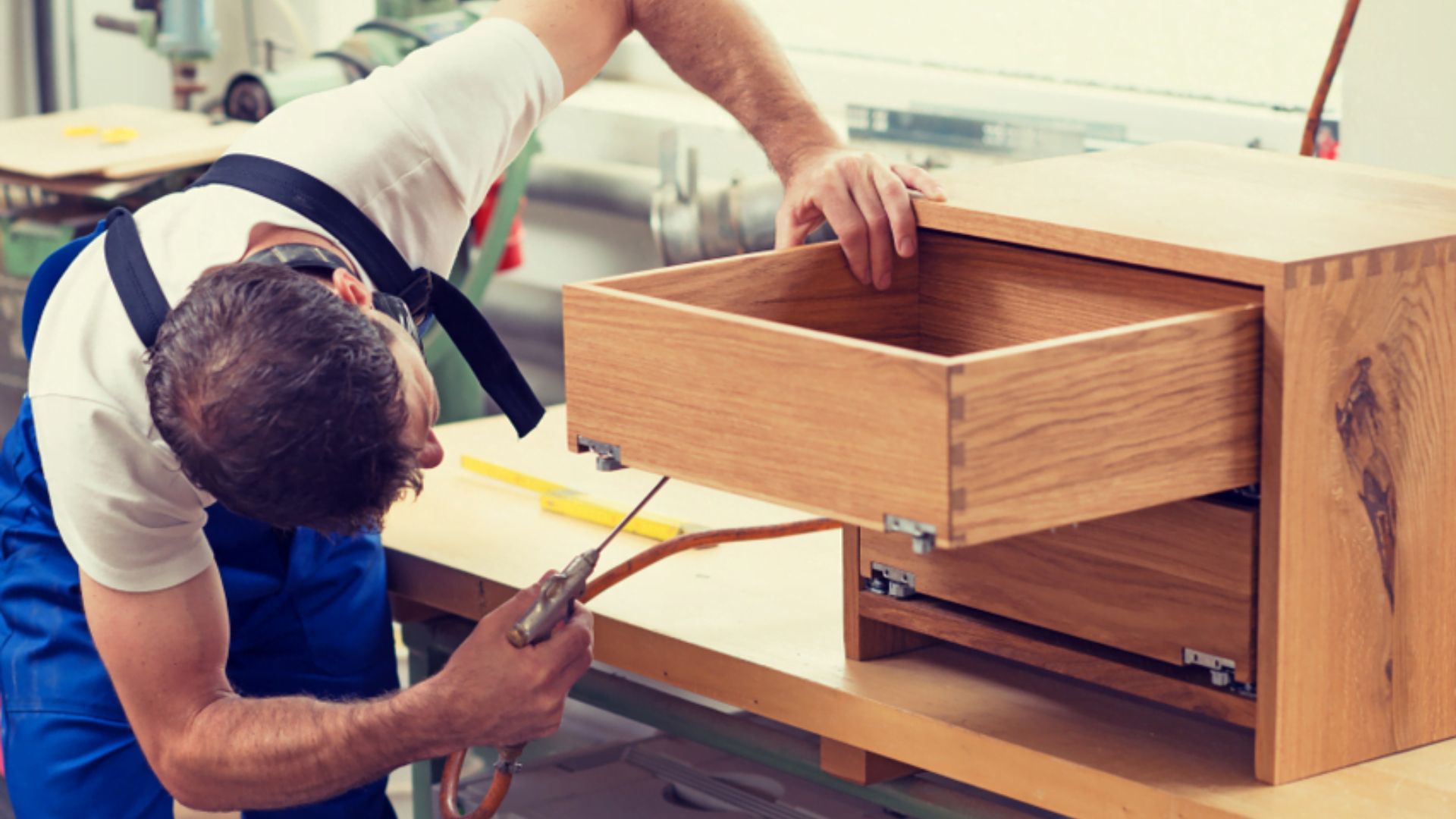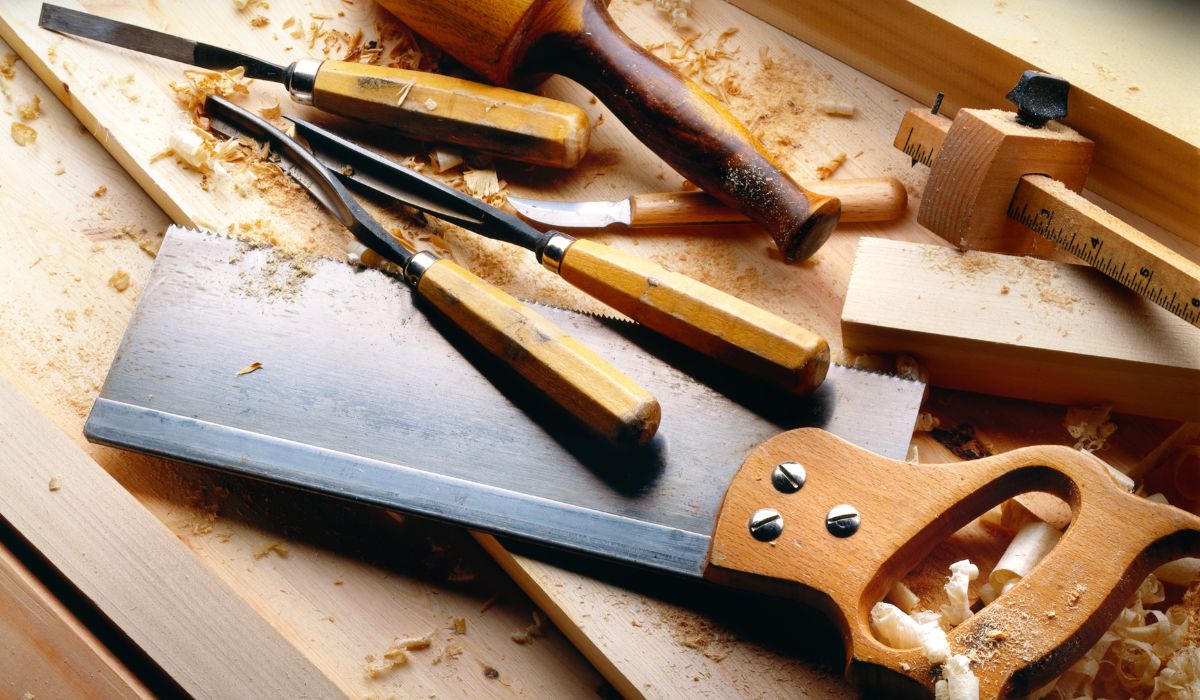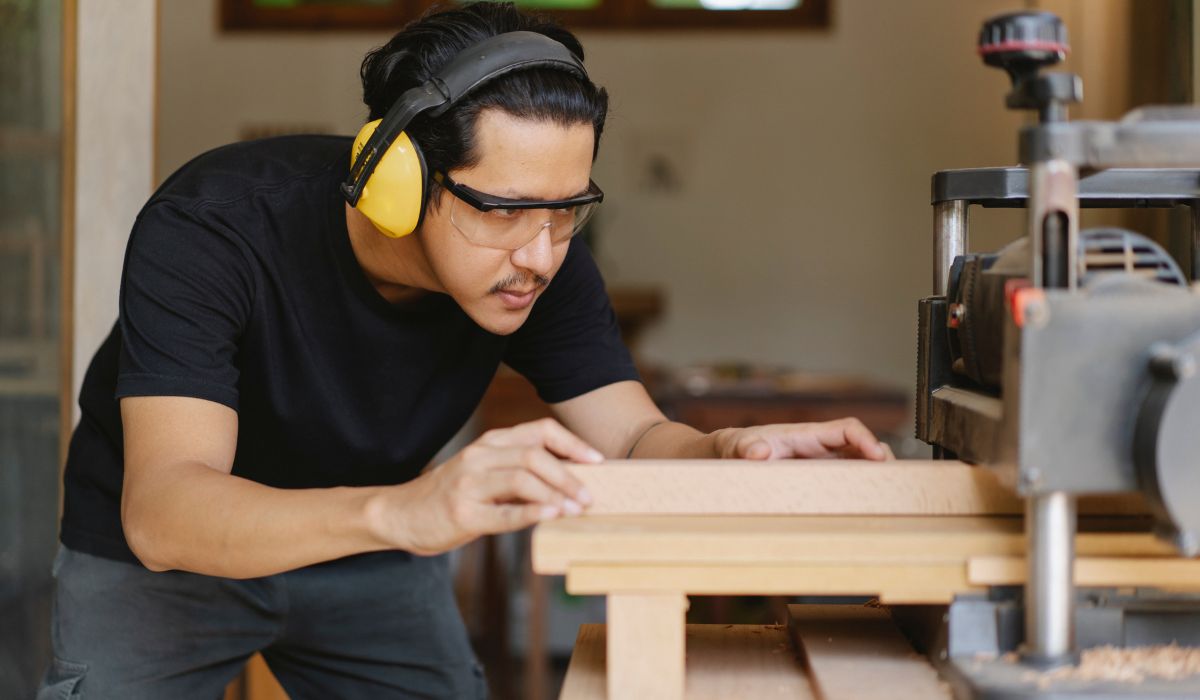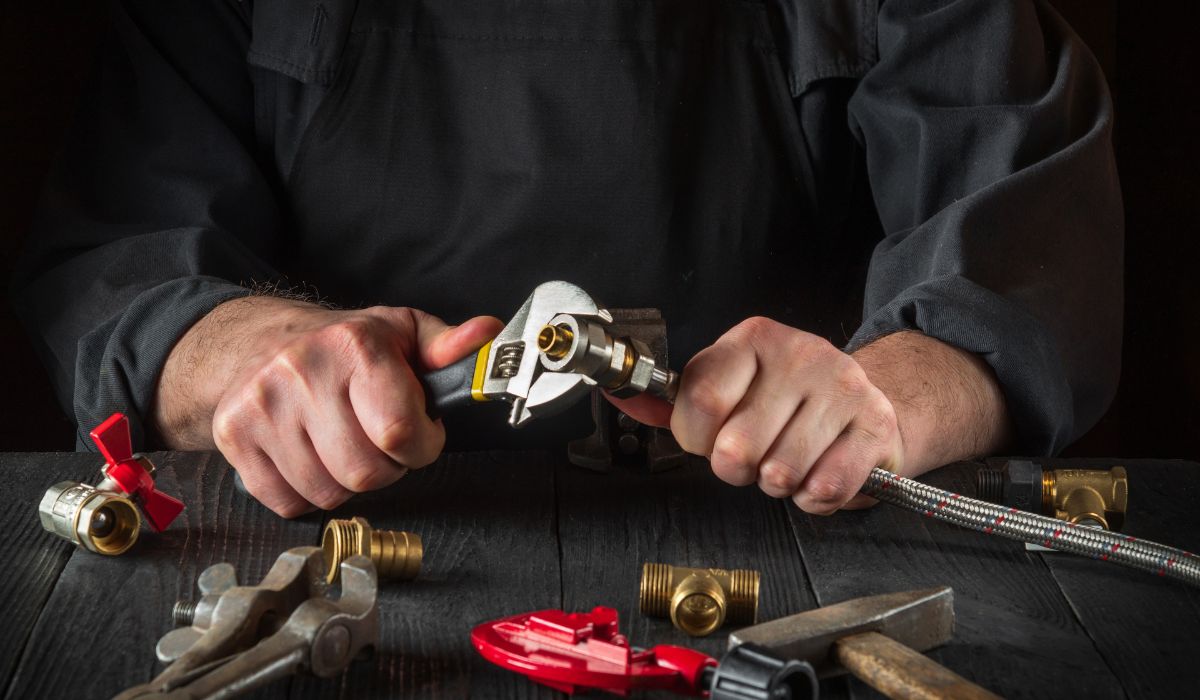Occupation description
- Building Frameworks: Walls, floors, roofs, support beams.
- Interior Trim: Doors, windows, moldings, cabinetry, other elements.
- Built-in Furniture: Bookshelves, cabinets, entertainment centers.
- Repair and Restoration: Damaged wood components, building integrity.
- Skills:
- Reading Blueprints
- Material Selection
- Machinery Operation (saws, drills, sanders)
- Joinery Techniques (dowels, dadoes, mortise & tenon)
- Installation Techniques (doors, windows, cabinets)
- Finishing Techniques (stains, paints, varnishes)
- Safe Work Practices (PPE, safe handling techniques)
How will I be assessed?
Carpenter skills assessment evaluate your ability to showcase your knowledge and practical skills in the field. The specific process can vary depending on the assessment body and desired level of certification, but here's a general breakdown:
-
Documentation Review: This initial stage verifies your qualifications and experience. You might need to submit:
- Proof of qualification (e.g., Certificate III in Carpentry)
- Work references or employment records demonstrating hands-on carpentry experience.
-
Knowledge Assessment: This section tests your theoretical understanding of carpentry principles and techniques. It could involve:
- Written exams on topics like blueprint reading, material selection, joinery methods, and building codes.
- Computer-based tests with interactive simulations or scenario-based questions.
-
Practical Skills Assessment (Optional): This hands-on component allows you to demonstrate your carpentry skills. You might be required to:
- Interpret blueprints and cutting lists: Translate plans into actionable steps for cutting and assembling components.
- Safely operate woodworking machinery: Utilize saws, drills, sanders, and other equipment to accurately cut and shape wood pieces.
- Employ joinery techniques: Demonstrate proficiency in creating strong and durable joints using dowels, dadoes, or other methods.
- Perform installation tasks: Accurately install doors, windows, cabinetry, or other carpentry elements.
- Apply finishing techniques: Utilize stains, paints, or varnishes to achieve the desired visual effect.
Remember:
- The specific assessment format and required skills might vary depending on the chosen assessment body and desired certification level.
- Some assessments might involve an interview to discuss your experience and approach to carpentry projects.
By successfully navigating these assessments, you'll demonstrate your competency and be well on your way to a rewarding career as a certified Carpenter.
What skills and knowledge do I need?
Your gateway to a successful carpentry career is the CPC30220 Certificate III in Carpentry. This nationally recognized qualification equips you with the skills and knowledge employers seek. But how do you showcase your learning?
Imagine the qualification as a toolbox. It's filled with essential carpentry skills, each one learned through units of competency.
You must achieve 34 units of competency:
- 27 core units
- 7 elective units
How to Apply

01
Check your eligibility
Before applying, you must meet certain years of experience and/or qualification requirements to successfully pass the skills assessment through TRA/VETASSESS.
02
Assessment Process
At Educube, we specialize in documents and evidence collection processes for you, so it is almost guaranteed that your skills assessment will be successfully approved.
03
Evidence Confirmation
Once our dedicated skills assessment specialists review your paperwork and ensure it meets the highest standards only then we will proceed with your main application.
04
Start your online application
Explore other migration options
FAQs
Didn't find what you needed? Try these
1300 092 997
Call us on above number to get quick solution.
[email protected]
For general queries and questions including partnership opportunities









